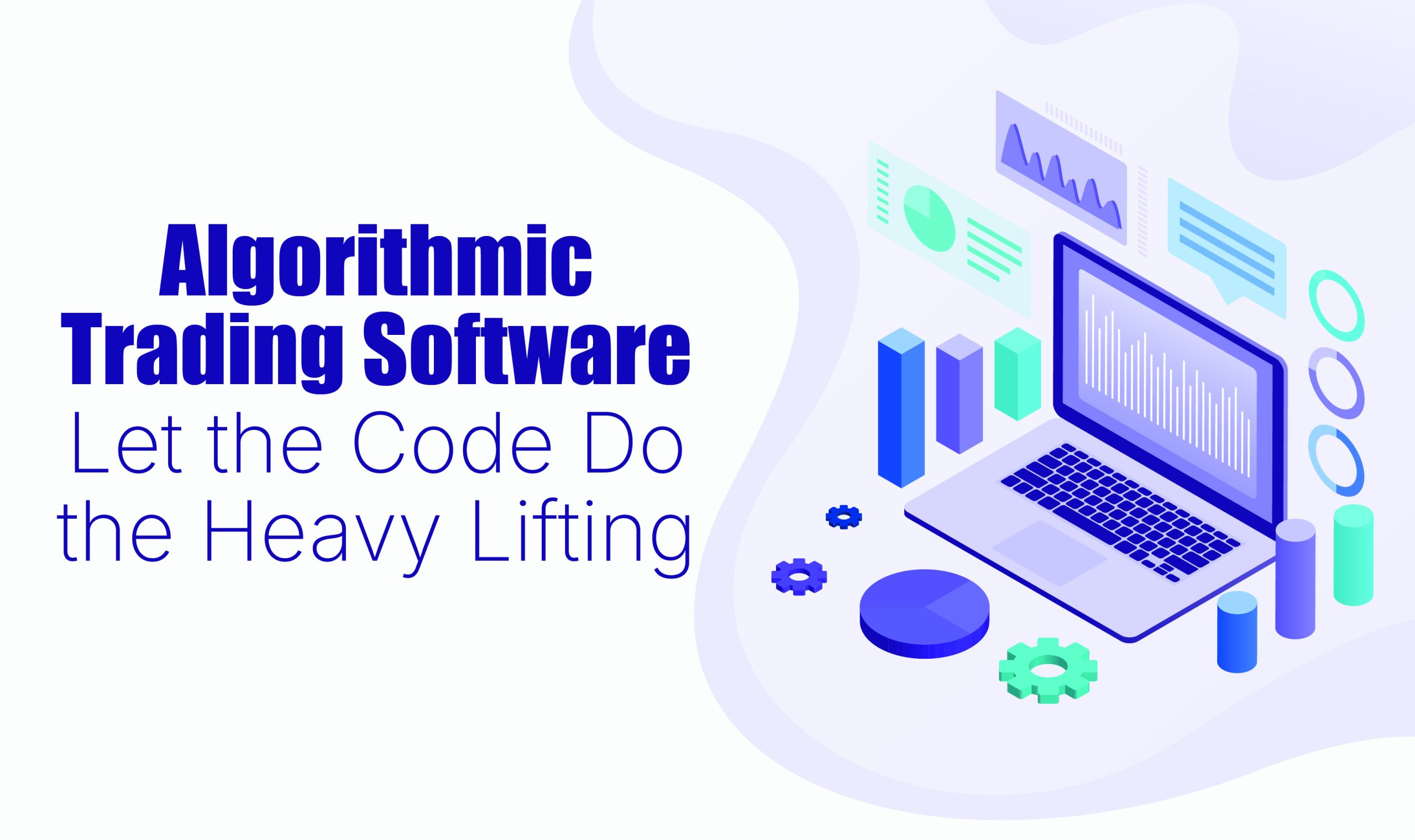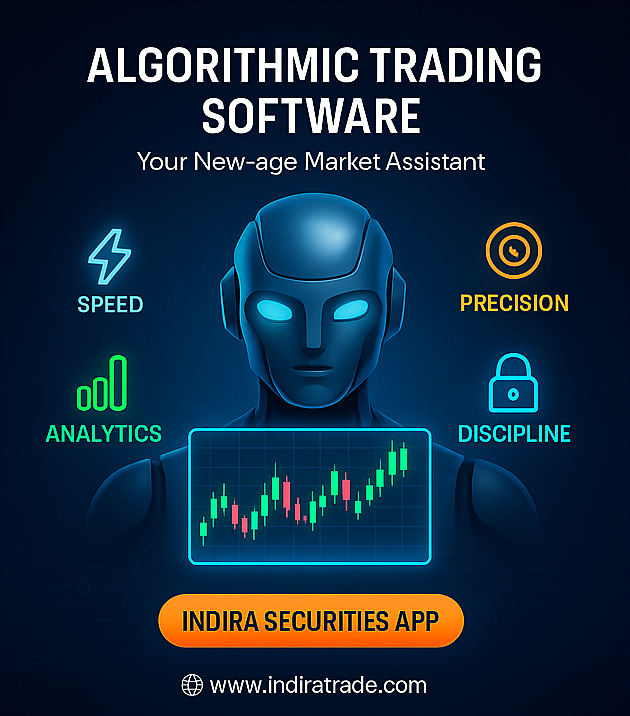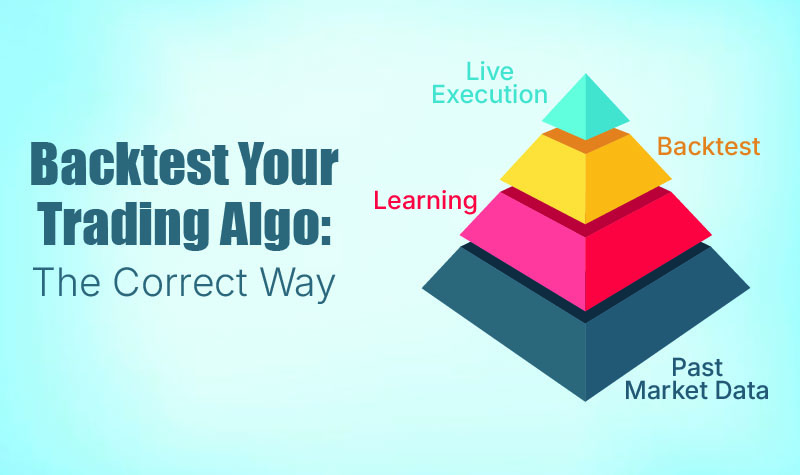“Practice does not guarantee victory. But without practice, there’s no chance of victory either.”
Introduction
Meet Ramesh, a 27-year-old IT guy from Pune who loves two things: Virat Kohli’s cover drives and nifty intraday charts. He’s just discovered algo trading. And like most beginners, he heard the magic word: backtesting.
The idea sounds simple. You feed your strategy into a computer, run it on past market data, and the machine tells you if you would have made money. If it worked in the past, surely it should work in the future too, right?
Not so fast.
Backtesting is like cricket net practice. You can hit sixes all day in the nets, but under lights, with pressure, a crowd, and a bowler changing angles, things get tricky.
Why Backtesting Trips Traders
- Curve Fitting Trap
You tweak the strategy until it looks perfect on past data. But in real markets, that “perfection” usually breaks down. Like studying only past exam papers and expecting the same questions next year.
- Ignoring Costs
Slippage, brokerage, and taxes are like those hidden extra runs given away in byes and no-balls. Ignore them in your backtest, and your P&L will look like fiction.
- Overconfidence
Many beginners see a 90% win rate on a backtest and think, “I’ve cracked it.” But markets are like Mumbai traffic: never the same twice.
- Wrong Data Quality
Free or incomplete data can give wrong signals. Using bad data for backtesting is like using a plastic bat in nets; it feels fine there but is useless in the real match.
How to Read Backtest Results
- Don’t just look at profits. Check drawdowns (the max loss streak). Can you emotionally and financially survive it?
- See the Sharpe ratio and consistency, not just big wins. Ten small steady gains are often better than one jackpot and nine disasters.
- Test across different timeframes and market cycles. A nifty strategy that only worked in bull runs is like a batsman who can only play on flat pitches.
Best Way to Backtest in India
- Start with clean, NSE-approved data (tick-by-tick if possible for intraday).
- Always include brokerage, transaction costs, and slippage in your model.
- Backtest on at least 5–10 years of data, covering both bull and bear markets.
- After backtesting, try paper trading or sandbox execution before risking real money.
- Don’t stop learning. Keep refining. Markets evolve, and your algo must too.
From Backtest to Execution: The Right Steps
- Backtest on historical data.
- Forward test on the live market with small capital.
- Monitor real-time performance vs backtest.
- Scale up only after results remain consistent.
For index trading (like Nifty or Bank Nifty), remember, liquidity is high, so execution slippage is smaller than in small-cap stocks. That makes indices a safer starting ground for budding algo traders.
Conclusion
Backtesting isn’t a magic wand. It’s just practice. It shows you how your strategy might perform but doesn’t guarantee success. Do it wrong, and you’re like a batsman who mistakes net runs for real runs. Do it right, and you’re ready for match day, the live market.
Disclaimer
This blog is purely for educational purposes and should not be considered investment advice. Please do your own research or consult a registered financial advisor before making any investment decisions.




